How USAID is Strengthening Communities’ Disaster Preparedness Skills
"This drill helps us remain vigilant and know what to do when natural disasters occur. It's very practical for people living in flood-prone areas." - Xuan Lam Resident
As the sun rises, lighting up the narrow streets of Xuan Lam Commune in Nghe An Province, Vietnam, hundreds of community members gather. They stand patiently beside wheelbarrows, bicycles, and baskets loaded with supplies—rice, household items, and water—ready to participate in a USAID and Vietnam Red Cross Society (VNRC) disaster preparedness drill. Located on Vietnam’s North Central Coast, the birthplace of Ho Chi Minh, Nghe An is known for its spectacular landscapes, diverse ethnic communities, and productive agricultural land. However, it is also one of Vietnam’s most vulnerable regions to natural disasters, where flooding from tropical storms can result in loss of life, destruction of homes and crops, and salinization of drinking water.
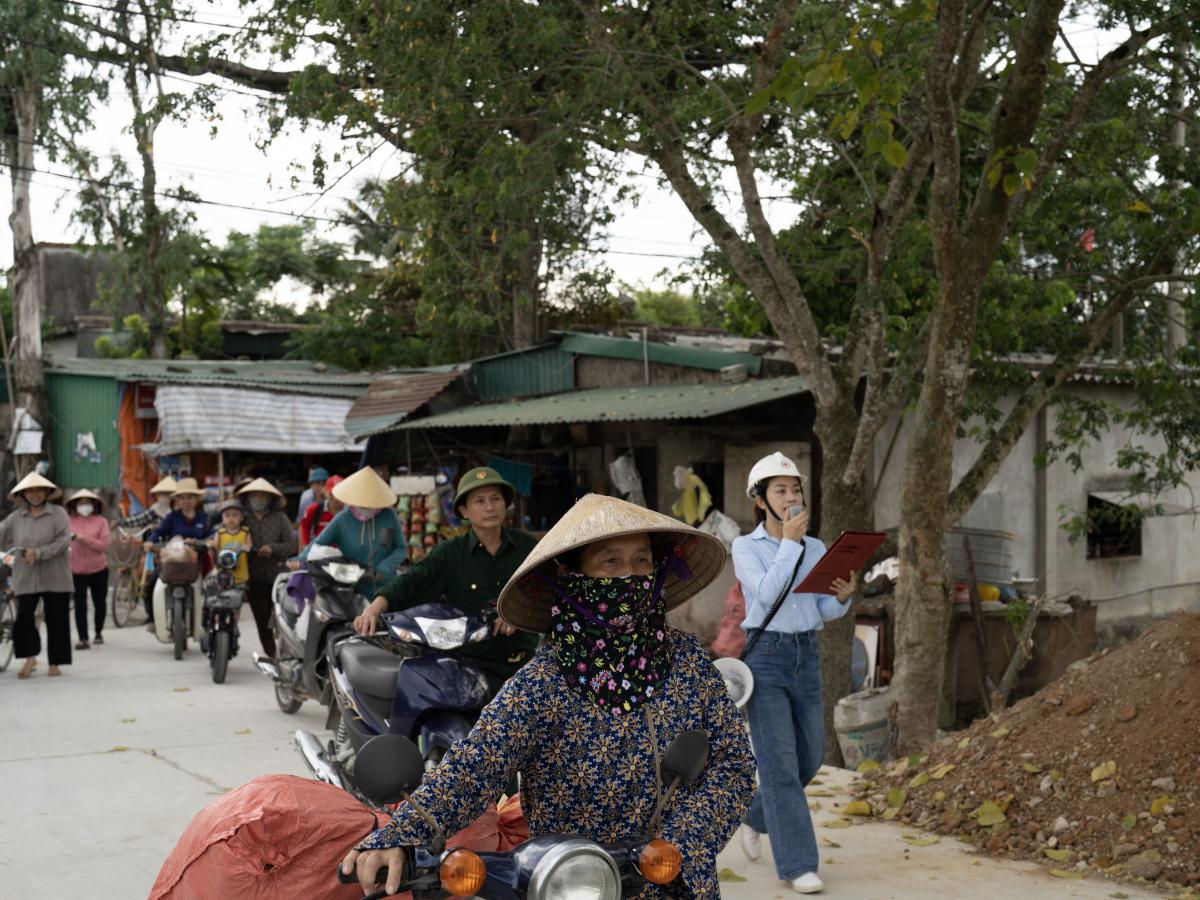
USAID partners with Vietnam to strengthen its emergency preparedness and response operations through the $1.2 million Enhanced Emergency Response Capacity for Vietnam Red Cross project, funded by USAID’s Bureau for Humanitarian Assistance. The project fosters a proactive stance to respond to natural disasters through on-site community drills, building communities’ disaster preparedness and response capabilities.
On September 7, Typhoon Yagi made landfall in Northern Vietnam, one of the most powerful storms the country has experienced in decades. To date, the typhoon has tragically claimed hundreds of lives, and nearly 300,000 homes and approximately 455,000 acres of agricultural land across 26 provinces were destroyed or damaged, leaving 19 million people facing threats to their water, food, and health security. In total, Yagi has caused over $3 billion in economic damage. With the full extent of the destruction still being assessed, Yagi brings into stark focus the importance of disaster preparedness drills like the one held last June in Nghe An.
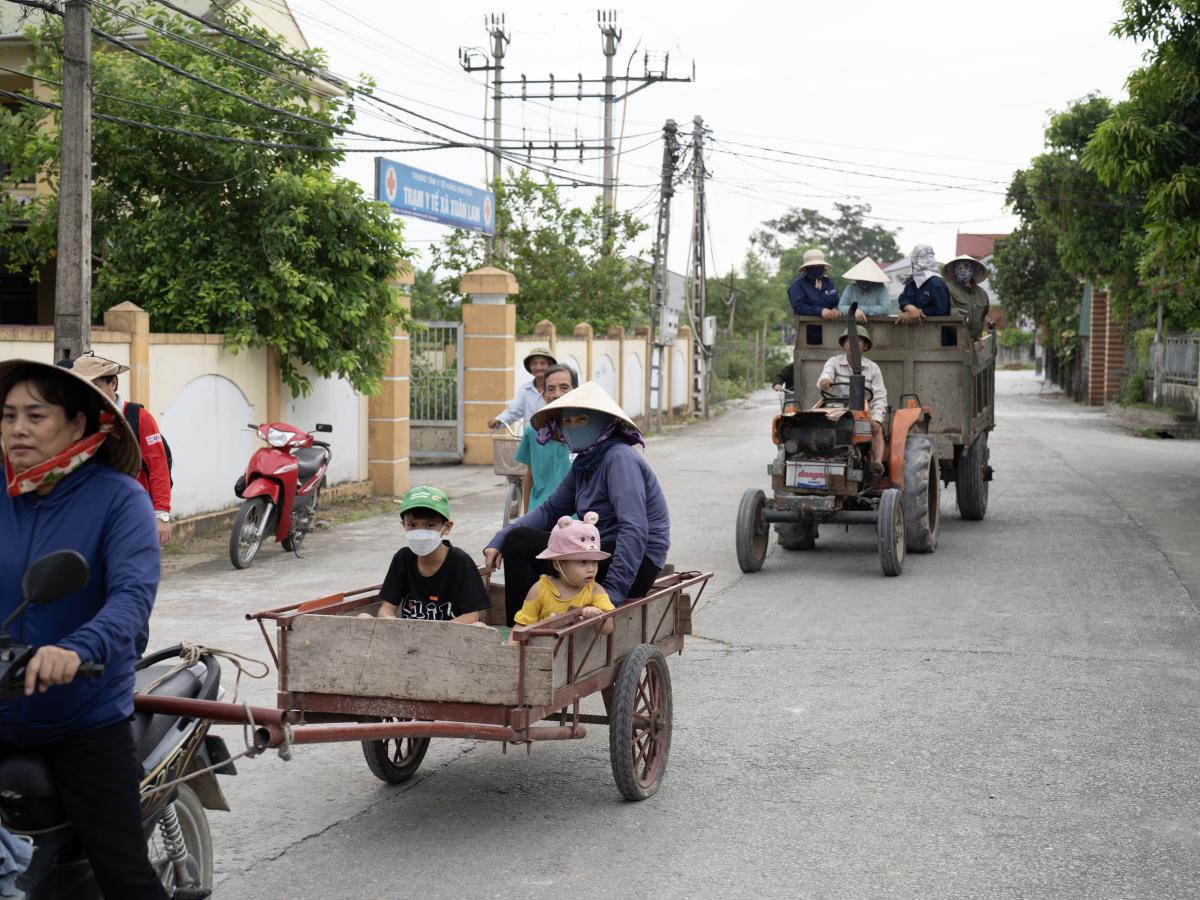
A loudspeaker mounted on the back of a bike calls the gathered people to a covered public square. Each participant’s attention is drawn to the VNRC representative, speaking through a megaphone, explaining, in detail, the morning's activities. Calling out in chorus that they are ready, the drill begins.
It is difficult to describe the organized evacuation of an entire village, but acts of kindness, practicality, and leadership are evident. A young man lifts an elderly man’s too-heavy sack of rice; a tractor is converted to carry the young, elderly, and people with disabilities; and a woman stands at a crossroads, confidently directing the movement of hundreds of her fellow citizens.
USAID is training rapid response teams for disaster prevention in 14 communes across Nghe An, Son La, Danang, and An Giang. Additionally, USAID is improving disaster-resistant housing and early storm response in 120 communes in 12 coastal provinces from Thanh Hoa to Khanh Hoa. This supports 21,000 local officials, volunteers, and community members involved in disaster prevention and control.
Since 2000, USAID has provided more than $37 million in disaster response, preparedness, and risk reduction assistance in Vietnam, funding drills like the one in Xuan Lam. Working in partnership with the VNRC, USAID strengthens the ability of local communities to confront the ever-present threat of natural disasters.
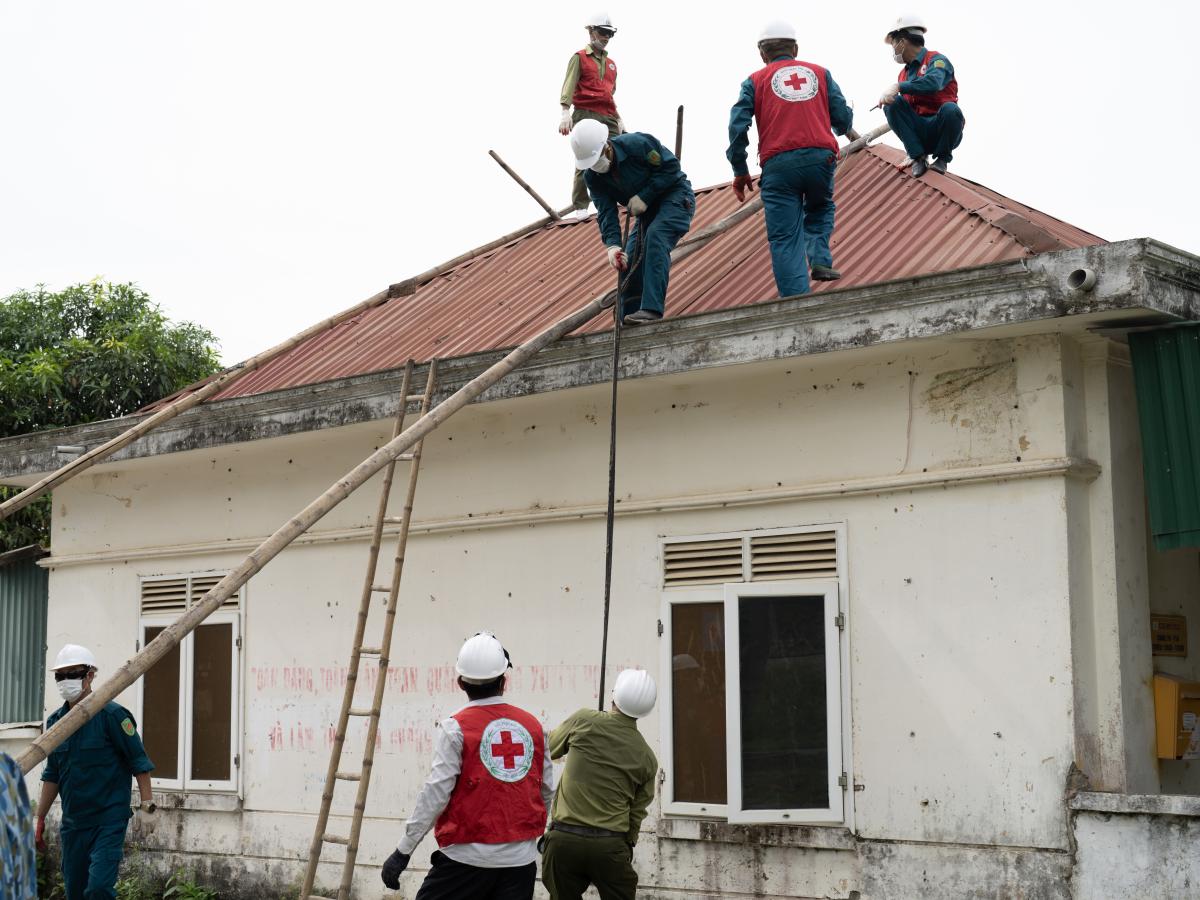
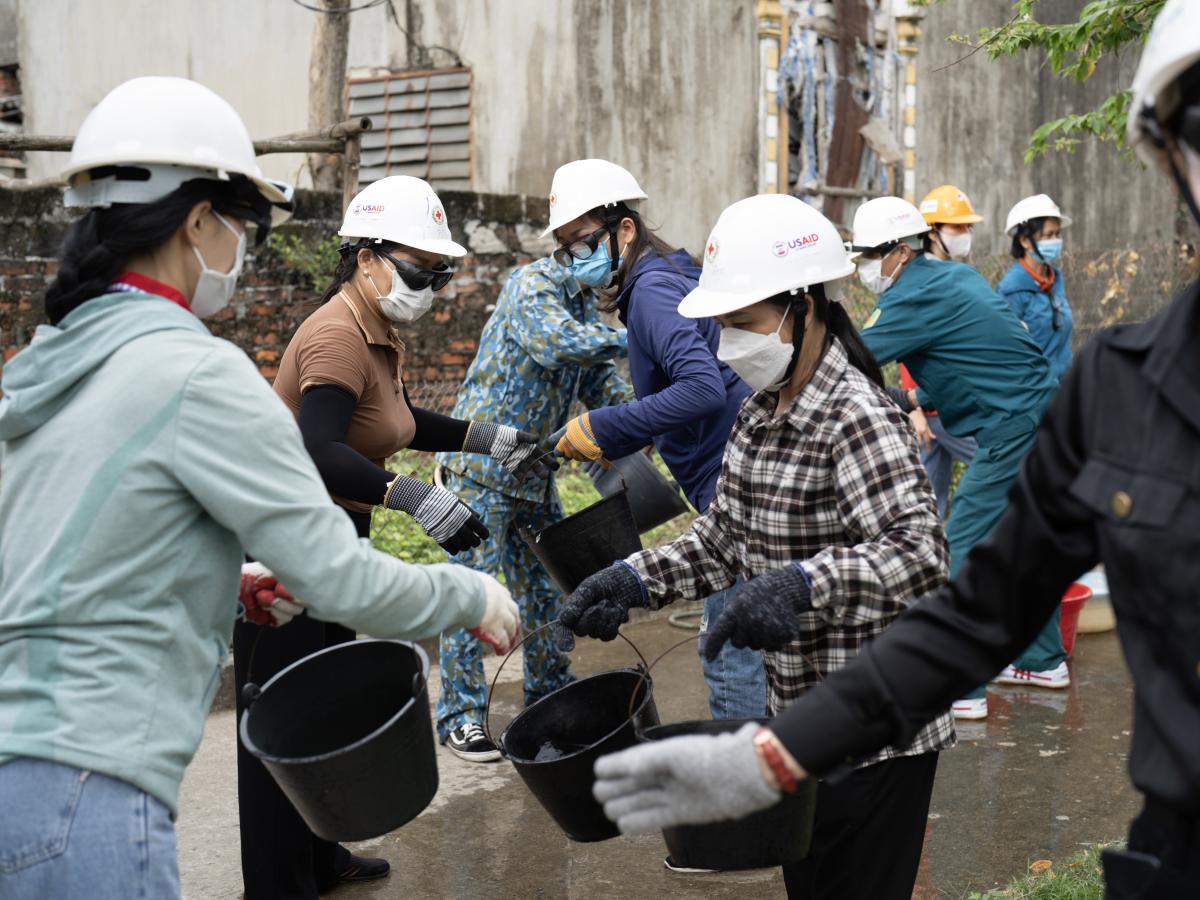
Throughout the morning, community members reinforce homes to withstand hurricane level winds, string out in long bucket brigades to practice fire suppression drills, and conduct the mock rescuing of a drowning victim. During all of this, the community response task force and VNRC representatives calmly give instructions, demonstrating how to respond in an emergency.
USAID is training rapid response teams for disaster prevention in 14 communes across Nghe An, Son La, Danang, and An Giang. Additionally, USAID is improving disaster-resistant housing and early storm response in 120 communes in 12 coastal provinces from Thanh Hoa to Khanh Hoa. This supports 21,000 local officials, volunteers, and community members involved in disaster prevention and control.
In the aftermath of Typhoon Yagi, the need to equip communities with proactive, lifesaving skills for responding to natural disasters is especially evident. Although Nghe An was not in Yagi's direct path when it made landfall, the same cannot be said for the provinces of Yen Bai, Lao Cai, and Cao Bang. On September 12, the United States, through USAID, announced $1 million in humanitarian aid. This will provide cash assistance to 1,800 households in Yen Bai and Lao Cai, helping over 6,500 individuals meet urgent needs such as food, shelter, and medical care. Additionally, it will support households in Cao Bang, reaching more than 3,000 people, addressing health and sanitation needs, and reducing vulnerability to gender-based violence."
After a long, hot morning, everyone takes a well-earned break. Tra Da, or iced tea, is shared from a communal thermos as participants sit in the shade, their voices carried by the wind, occasionally interrupted by laughter as they discuss the morning's activities. While the disaster preparedness drill is a time to learn and practice essential skills, it also strengthens community bonds for the unanticipated moment when they may need to use these skills to save a neighbor during a natural disaster.
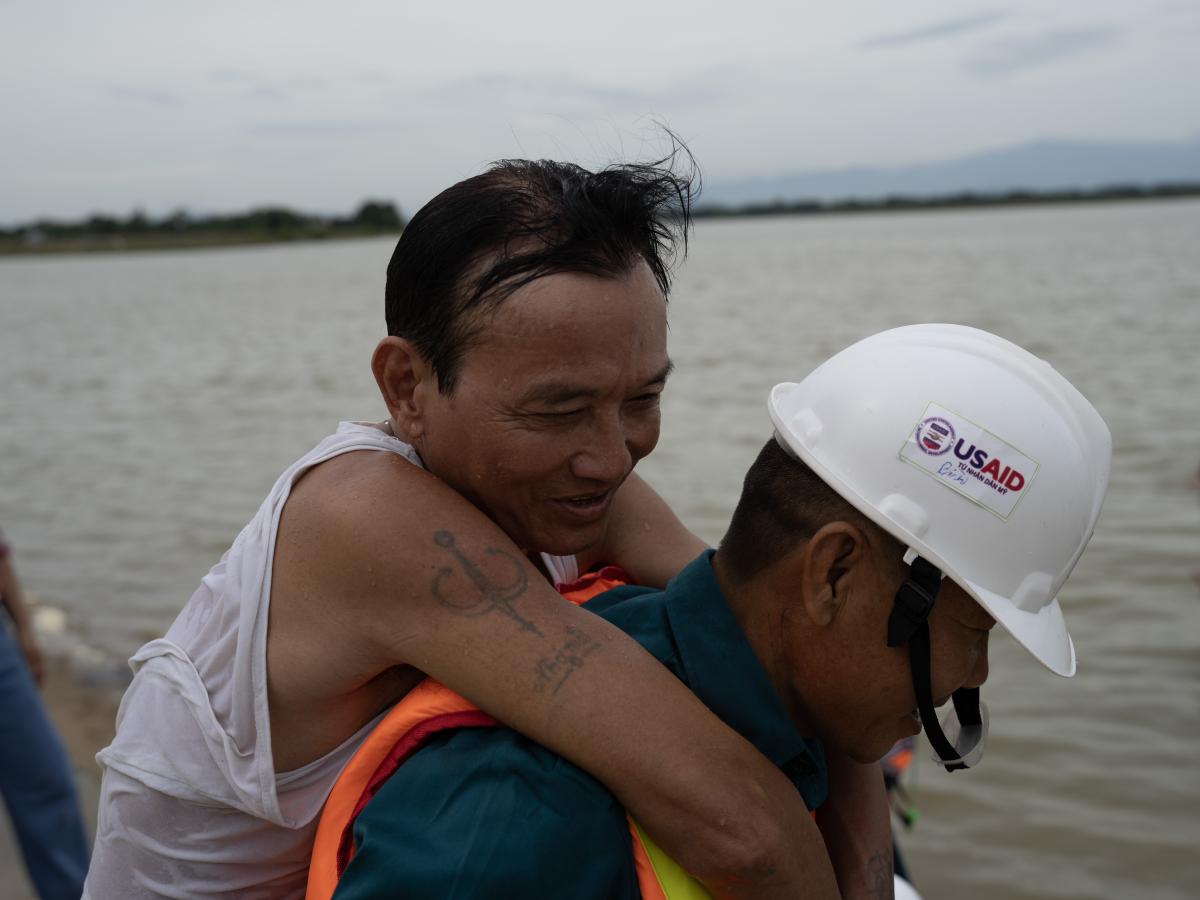
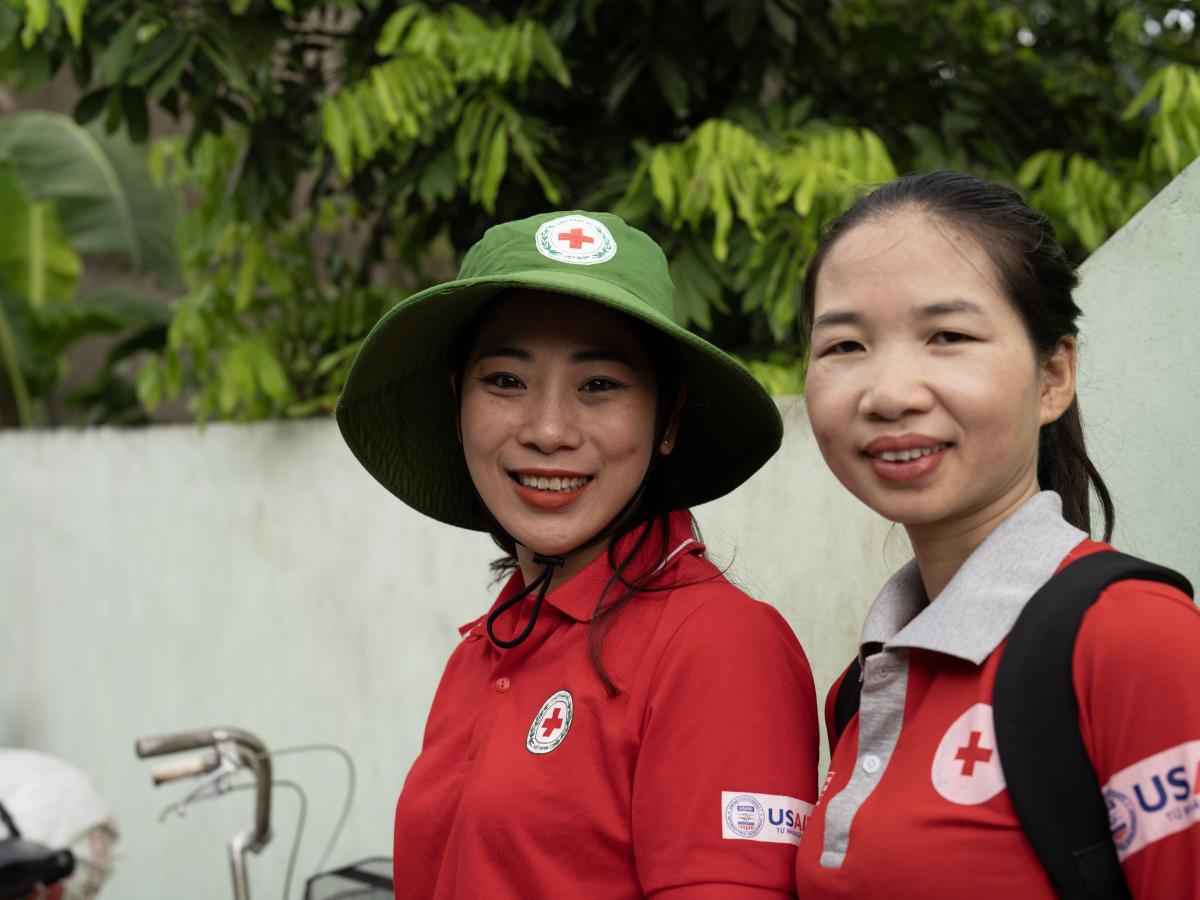
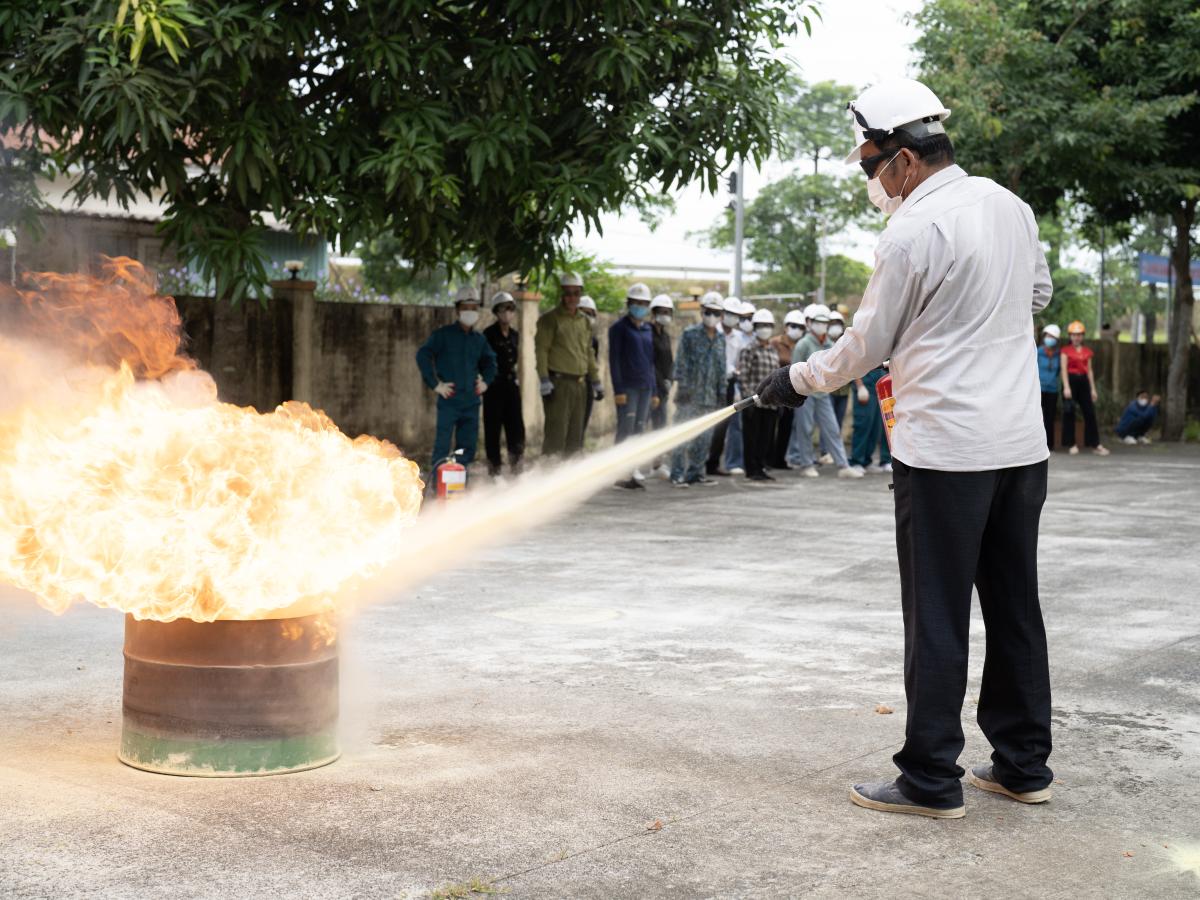
USAID’s Bureau for Humanitarian Assistance (BHA) provides life-saving humanitarian aid—including food, water, shelter, health care, sanitation, and nutrition—to the world’s most vulnerable populations. As the lead federal coordinator for international disaster assistance, BHA leverages U.S. government expertise to respond to natural disasters and complex crises, spanning the entire crisis cycle, from preparedness and response to relief and recovery, connecting immediate aid to long-term development and self-reliance.

ABOUT THE AUTHOR: Benjamin Ilka is a storyteller and visual media specialist at USAID’s Mission in Vietnam.

